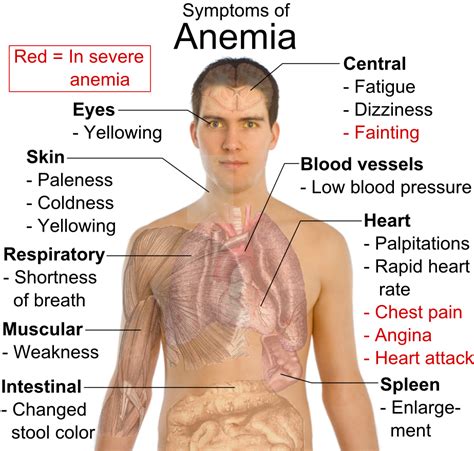Ion Suffix Simplified: Unlocking Chemical Nomenclature Basics

Chemical nomenclature can seem like an intimidating labyrinth, filled with prefixes, suffixes, and rules that appear designed to confuse newcomers. But fear not! Understanding the “-ide,” “-ate,” and “-ite” suffixes is one of the most important keys to unlocking this system. Let’s break down these suffixes in a way that’s both approachable and memorable.
The “-ide” Suffix: Your Foundation for Binary Compounds
Think of “-ide” as the building block for the simplest type of chemical compound: binary compounds. These are compounds formed from just two elements, typically a metal and a non-metal.
- Example: Sodium chloride (NaCl). Here, sodium (Na) is a metal, and chlorine (Cl) is a non-metal. The “-ide” suffix attached to chlorine indicates its presence in this binary compound.
- Rule of Thumb: When you see “-ide,” it almost always signifies a binary compound, with the first element being a metal (or sometimes hydrogen) and the second element a non-metal.
”-ate” and “-ite”: Navigating the World of Polyatomic Ions
Things get slightly more complex when we move to polyatomic ions – groups of atoms that carry a charge and act as a single unit. Here’s where “-ate” and “-ite” come into play: * ”-ate”: This suffix generally indicates the most common, or “highest oxidation state,” form of a polyatomic ion. Think of it as the “base” form.
Example: Sulfate (SO₄²⁻). Sulfur (S) is in its highest common oxidation state in this ion.
”-ite”: This suffix usually signifies a lower oxidation state of the same element within a polyatomic ion. Imagine it as a “reduced” version of the “-ate” form.
- Example: Sulfite (SO₃²⁻). Here, sulfur has a lower oxidation state compared to sulfate.
A Crucial Exception: The Hypochlorite/Chlorite/Chlorate/Perchlorate Quartet
The chlorine family introduces a fascinating exception to the “-ate” and “-ite” rules. Here, the suffixes indicate increasing levels of oxidation:
Hypochlorite (ClO⁻): Lowest oxidation state.
Chlorite (ClO₂⁻): Mid-level oxidation state.
Chlorate (ClO₃⁻): Higher oxidation state.
- Perchlorate (ClO₄⁻): Highest oxidation state.
Memorable Analogies to Solidify Your Understanding
”-ide”: Imagine a simple, two-ingredient recipe – like salt and pepper. “-ide” compounds are like that: straightforward and fundamental.
”-ate” and “-ite”: Think of a recipe with a base ingredient (like flour) that can be modified with different amounts of another ingredient (like sugar). “-ate” is the full-sugar version, while “-ite” is the reduced-sugar version.
Hypochlorite/Chlorite/Chlorate/Perchlorate: Picture a ladder. Each step up represents a higher level of oxidation, with “-ite” on the lower rungs and “-ate” on the higher ones.
Beyond the Basics: A Glimpse into More Complex Nomenclature
While “-ide,” “-ate,” and “-ite” are essential building blocks, chemical nomenclature goes much deeper. You’ll encounter prefixes like “hypo-,” “per-,” and numerical prefixes (di-, tri-, tetra-, etc.) to indicate specific numbers of atoms or particular arrangements within compounds. * Example: “Dichromate” (Cr₂O₇²⁻) tells us there are two chromium atoms in this polyatomic ion.
Mastering Nomenclature: Practice Makes Perfect
The best way to master chemical nomenclature is through practice. Start with simple binary compounds, then gradually introduce polyatomic ions and more complex naming conventions. Online resources, flashcards, and practice problems are invaluable tools.
FAQ Section
What's the difference between a binary compound and a polyatomic ion?
+A binary compound is formed from two elements, usually a metal and a non-metal. A polyatomic ion is a group of atoms bonded together that carries a charge and acts as a single unit within a compound.
How do I know when to use "-ate" or "-ite"?
+Generally, "-ate" indicates the most common (highest oxidation state) form of a polyatomic ion, while "-ite" signifies a lower oxidation state. However, there are exceptions, like the chlorine family (hypochlorite, chlorite, chlorate, perchlorate).
What are some resources for learning more about chemical nomenclature?
+Online chemistry textbooks, Khan Academy, and websites like Chemguide offer excellent explanations and practice problems. Flashcards are also a great way to reinforce your understanding.
Why is understanding chemical nomenclature important?
+Chemical nomenclature is the language of chemistry. It allows scientists to communicate clearly and precisely about the composition and structure of substances, which is essential for research, education, and applications in fields like medicine, materials science, and environmental science.
Conclusion: Unlocking the Power of Chemical Language
Mastering “-ide,” “-ate,” and “-ite” is a crucial first step in deciphering the language of chemistry. With practice and persistence, you’ll soon be able to confidently navigate the world of chemical nomenclature, unlocking a deeper understanding of the molecules that shape our world. Remember, chemistry is a fascinating journey of discovery, and understanding its language is the key to unlocking its secrets.



